Pre-Treatment Investigations
Examinations required of the woman
- Hormone levels on day 2 of menstruation (FSH, LH, PRL, TSH, AMH, oestradiol)
- Gynaecological ultrasound examination: To detect any pathology (fibroids, polyps, ovarian cysts, etc.) that may prevent pregnancy (must be performed before travelling to Turkey.)
- Hysterosalpingography (HSG): It should be performed before starting treatment.
- HIV, Anti HCV, HBsAg
Examinations required of the man
- Spermiogram
- HIV, Anti HCV, HBsAg
Deciding on the IVF Treatment Protocol
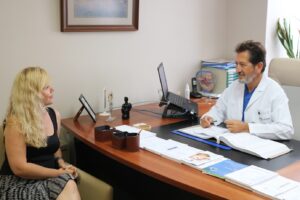 The appropriate protocol for the couple is decided according to the woman’s age and weight, obstetric history, presence of PCOS, and previous failed IVF treatments, if any.
The appropriate protocol for the couple is decided according to the woman’s age and weight, obstetric history, presence of PCOS, and previous failed IVF treatments, if any.
We mostly apply the Short Protocol. For this purpose, we start ovarian stimulating hormone treatment on the 2-3rd day of menstruation. We monitor the growth of egg cells by ultrasound at intervals of a few days.
Egg Collection (Ovum Pick-Up)
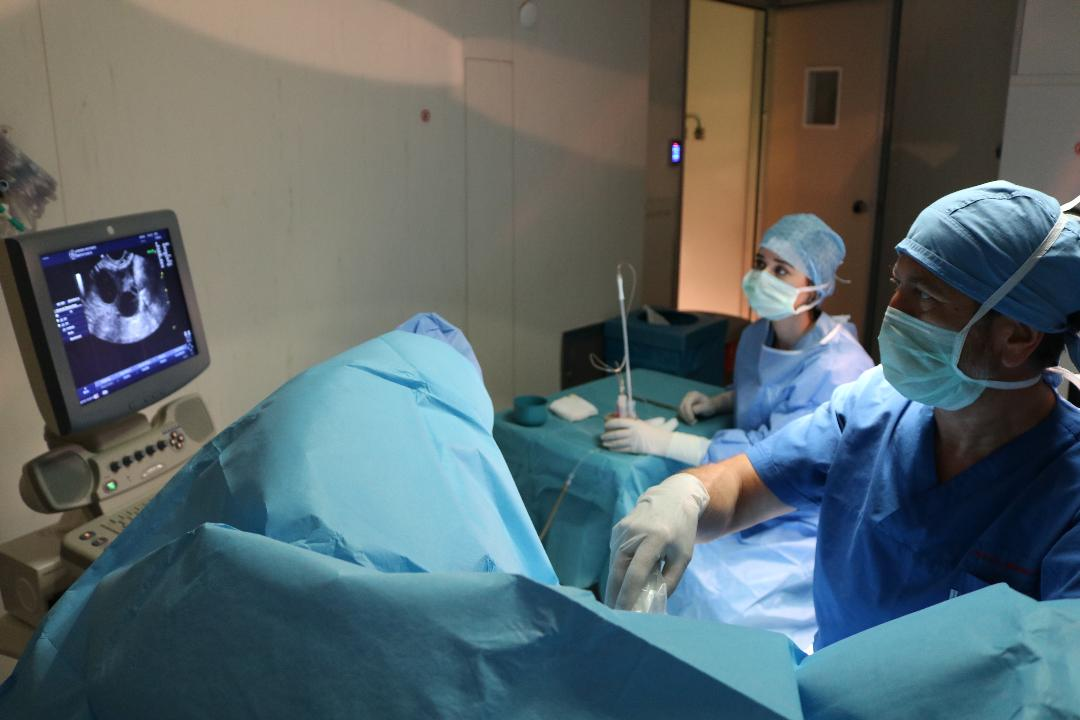 When the egg cells reach a certain size and maturity, they are collected under sedation anaesthesia using vaginal ultrasound guidance. The patient should not eat or drink anything 8 hours before the egg collection. After this procedure, the patient is kept under observation in the hospital for 2 hours.
When the egg cells reach a certain size and maturity, they are collected under sedation anaesthesia using vaginal ultrasound guidance. The patient should not eat or drink anything 8 hours before the egg collection. After this procedure, the patient is kept under observation in the hospital for 2 hours.
After egg collection, good quality eggs are identified and individual sperm cell is introduced into the good quality egg by the embryologist using a microscopic needle. This procedure is called ‘Intracytoplasmic Sperm Injection (ICSI)’. The eggs and sperm are then kept in the laboratory up to 5 days for embryos to develop where their development is continuously monitored with an embryoscope.
Embryo Transfer
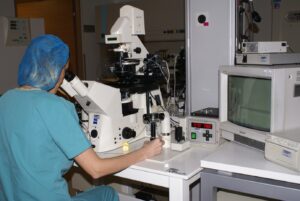 If the couple has a sufficient number of good quality embryos, one or two of the embryos reaching day 5 are transferred into the uterine cavity depending on the age of the patient. If there are any good quality embryos left, they are frozen,if the couple wishes to.
If the couple has a sufficient number of good quality embryos, one or two of the embryos reaching day 5 are transferred into the uterine cavity depending on the age of the patient. If there are any good quality embryos left, they are frozen,if the couple wishes to.
Embryo transfer is painless and does not require anaesthesia. It is important that the woman’s bladder is full during the transfer. For this reason, it is recommended that she drinks 1-1.5 litres of water and does not urinate before the transfer time.
Under the guidance of abdominal ultrasound, a thin plastic catheter is inserted vaginally into the uterus. Depending on the age and fertility history of the woman, one or two good quality embryos are transferred through this catheter. After the embryo transfer procedure, the patient is kept in a horizontal position and under observation for one hour without getting out of bed.
Frozen Embryo Transfer
When the couple wants to try pregnancy with frozen embryos, they are transferred either into the uterine cavity, which has been prepared beforehand for implantation with estrogen administration, or naturally, at the appropriate time in the menstrual cycle, which is monitored without medication. In frozen embryo transfer, repeated ovarian stimulation and egg collection procedures are not performed.
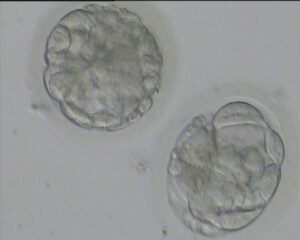 |
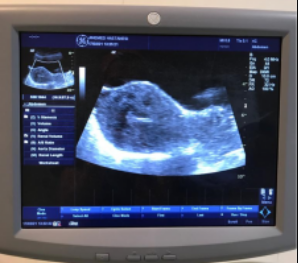 |

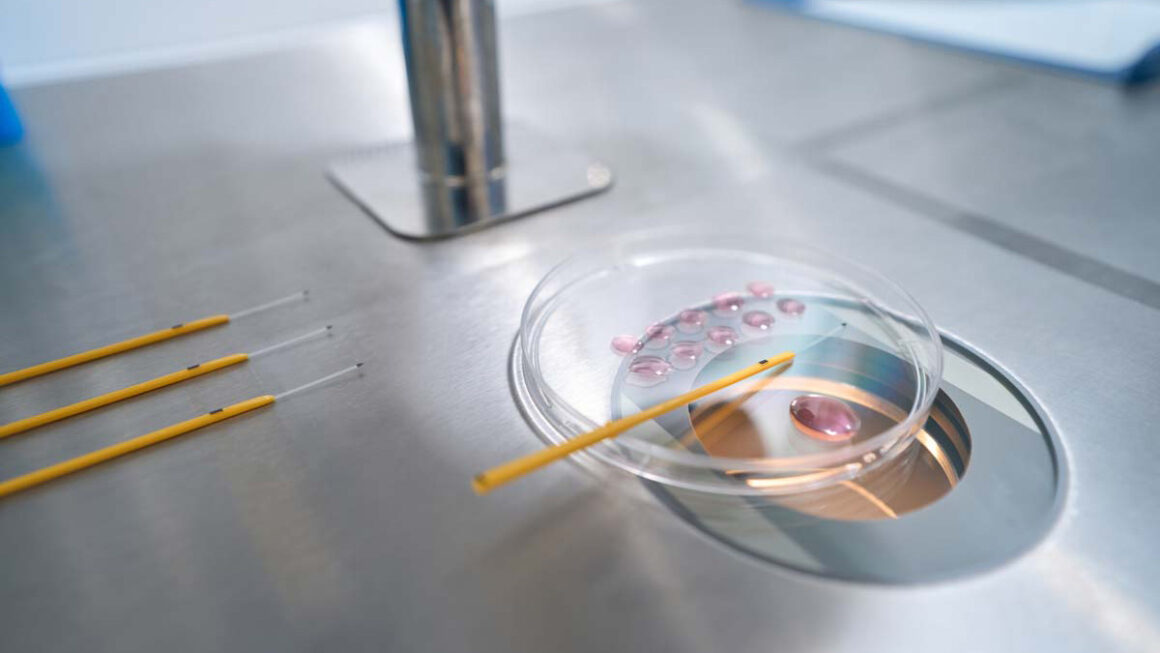
Leave a Reply
You must be logged in to post a comment.